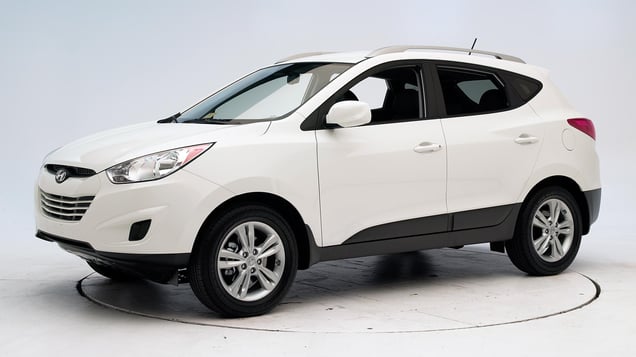If you’re experiencing problems with your power door locks, the issue could be with the door lock actuator. But before you start replacing the door lock mechanism, it’s a good idea to rule out electrical problems first.
The door lock actuator is a small control unit that’s located within the door handle. It receives signals from the door switch to activate the lock.
Check the Switch
The switch is the component responsible for sending a signal to the door lock mechanism when you press the button. If it is broken or malfunctioning, the doors won’t lock, no matter how many times you push the button.
A simple way to determine if a switch needs replacement is to check the continuity of its wire connections. This can be done using a continuity tester or multimeter.
To perform the test, clip a continuity probe to one of the darker screw terminals on the switch and touch it to the brass-colored terminal on the other side of the switch. The probe should light up when you turn the lever on and not when you turn it off, which is a sign that the connection between the wires is broken.
If a continuity test confirms the switch needs to be replaced, you should also replace the wiring from the circuit wires to the switch and tighten the screw terminals and ground screw. This should resolve the issue and you can get back to enjoying your car!

Check the Wiring
If your 2011 hyundai tuscon lock mechanism replacement is not working properly, the first step is to check the wiring. A blown fuse, for example, may prevent an electrical current from reaching the door lock actuator.
If the fuse is blown, replace it and see if the issue goes away. If not, you will need to replace the wiring for your car’s door locks.
The power door lock actuator uses a small electric motor that turns a series of spur gears and drives a rack and pinion gear set that converts rotational motions into linear ones. If the gears are damaged, your door won’t work correctly.
You can test your door lock actuator by opening the door and then closing it again to see if the lock will open. If you have trouble, try to get inside your vehicle through another door.

Check the Key
There are a few reasons why a key might get stuck in your ignition or door lock. These can include a dirty key, a worn or damaged lock mechanism, or debris blocking the key from turning or being removed from your vehicle.
To determine if your key is stuck in the ignition, try wiggling it around a bit to see if you can free it up. If you can’t, this might be a sign that the lock mechanism needs lubrication.
Alternatively, you can use your hands to pull the key out of the ignition cylinder by twisting it while applying pressure to the steering wheel in the opposite direction of the lock pin. This may be enough to unlock the steering wheel, though you’ll want to replace your key if it’s overly worn.
If your car’s door locks don’t work, it could be that the actuators inside each of them are faulty or disconnected from their links. This is a very common problem on cars that are ten years old or older, and it’s a pain to have to manually lock and unlock each door.

Check the Cylinder
The cylinder is the part that connects the lock mechanism to the door. A faulty or broken cylinder can cause the door to either not unlock or unlock slowly and randomly, sometimes working all the time but not all of the time.
This is a common problem that can occur in most vehicles, particularly when the vehicle has been in an accident. It can also be caused by a foreign object or something else blocking the cylinder.
If the cylinder is damaged or stuck, you can try to remove it from the vehicle by using some needle nose pliers. This will help you identify the damage and prevent future problems.
While this is an easy fix, it may be more cost effective to replace the entire lock mechanism. This is especially true if the actuators are less than five years old and are still under warranty.

